Burn. Store. Share. Your Digital Canvas…
-

50 Pack 3″ 8cm White Surface Printable Mini Recordable Blank DVD-R Discs Disk for DVD VCR Video Camera 1.4GB/30min 1-8X (W…
-

MAXELL CD-R XLII 80 Audio Spindle 25 recordable Discs Blank Media
Price: $34.62 The Maxell CD-R boasts a significant recording capacity…
-

Tama Electronics Industries TH30CA12K TDK Type-C USB Cable, USB 2.0, 3.7 ft (1.2 m)
Price: $28.33 Cable Length: Approximately 4.9 feet (1.2 meters), not…
-

TDK Blu-ray BD-RE Re-writable Gold Color Disk 25GB 2x Speed 5 Pack | Blu-ray Disc Rewritable Format Ver. 2.1 (Japan Import)
Price: $57.58 No description available. Shop Now
-
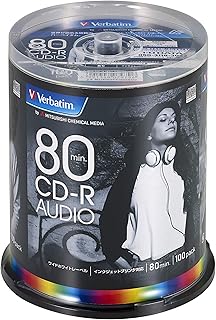
Verbatim Japan MUR80FP100SV2 CD-R for Music, 80 Minutes, 100 Sheets, White Printable, 48x Speed
Price: $51.79 Music CD-R / 48x Recording Support / 80…
-

FHIEORY GH000811A TDK Printhead for SATO M8400RVe CL408 CL408e Thermal Barcode Printer 203dpi Genuine LH4440K
Price: $878.40 — Experience superior printing quality with the Genuine…
-

IMATION T-160HSS3 Tape DeckNot Applicable ( Pack of 3 )
Price: $70.92 Experience continuous recording with our pack of 3…
-
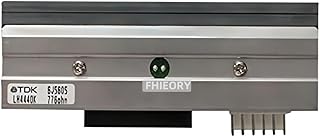
FHIEORY GH000811A TDK Printhead for SATO M8400RVe CL408 CL408e Thermal Barcode Printer 203dpi Genuine LH4440K
Price: $878.40 Experience superior quality printing with the GH000811A TDK…
-
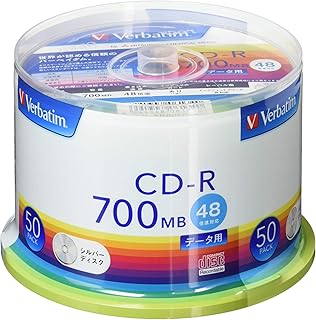
Verbatim Japan SR80FC50V1 Single Recording CD-R 700MB 50 Sheets Silver Disc 48X Speed
Price: $30.82 — This high-quality, single-use CD-R allows for up…
-

FHIEORY GH000671A TDK Printhead for SATO CL612 CL612E Thermal Barcode Printer 300dpi Genuine LH6409AK
Price: $1,150.02 GH000671A TDK Printhead – A Genuine Component for…
-
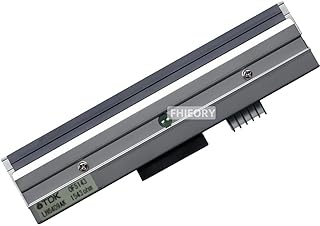
FHIEORY GH000671A TDK Printhead for SATO CL612 CL612E Thermal Barcode Printer 300dpi Genuine LH6409AK
Price: $1,150.02 — Experience high-quality printing with the Genuine TDK…
-
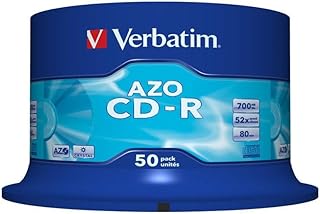
Verbatim 43343 700MB 52x CD-R AZO Crystal 50 Pack Spindle
Price: $46.48 Product Description: Experience superior quality recordings with the…
-

Verbatim VBR260RP20SV1 Blu-ray Disc for Single Recording, BD-R DL, 50 GB, Single Side, 2 Layers, 1-6x, 20 Cards, Recorders…
Price: $54.48 Superior quality disc, meticulously produced under stringent quality…
-

Smart Buy 10 Pack Bd-r Dl Printable White Inkjet 50gb 6x Blu-ray Double Layer Recordable Disc Blank Data Video Media 10-di…
Price: $48.86 Smartbuy Features: Our Blu-ray disc boasts a storage…
-

Victor Music CD-R AR80FP20J1 (48x/20 Sheets), White
Price: $36.49 Music CD-R with a capacity of 80 Minutes…
-

Verbatim Japan SR80SP20V1 CD-R 700MB White Printable 48x Speed
Price: $34.17 — This is a Single Recording CD-R with…
-
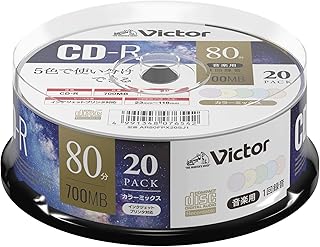
Victor AR80FPX20SJ1 Music CD-R, 80 Minutes, 20 Sheets, Color Mix Printable
Price: $25.98 — Enjoy high-quality music with our CD-R. Key…
-
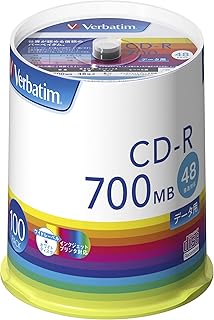
Verbatim Japan SR80FP100V1E CD-R 700MB 100 Sheets, White Printer, 48x Speed
Price: $37.69 — This Single Recording CD-R features a 48x…
-
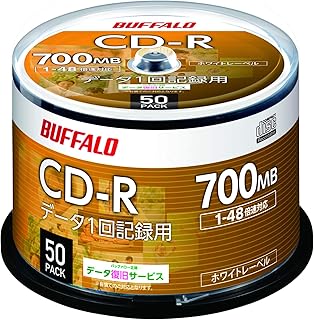
Buffalo RO-CR07D-050PW/N CD-R for Data Recording, 700 MB, 50 Sheets, Spindle, 1-48x Speed, White Label
Price: $32.95 Enjoy peace of mind with our extended 2-year…
-
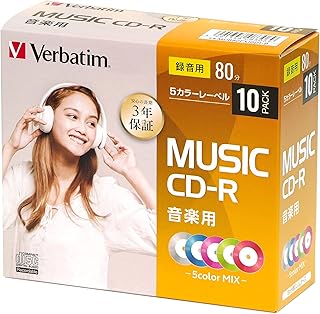
Mitsubishi Chemical Media MUR80FX10D1-B CD-R for Music, 80 Minutes, 10 Sheets, 0.2 inch (5 mm) Plastic Case, 5 Color Mix
Price: $28.17 Music CD-R // 80 Mins (700MB) / Inkjet…
-
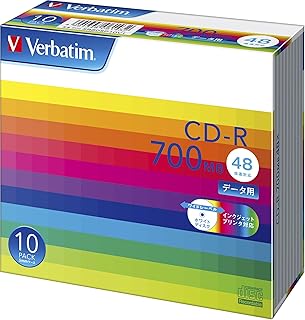
Verbatim Japan SR80SP10V1 Single Record CD-R 700MB, 10 Sheets, White Printable, 48x Speed
Price: $18.59 — This Single Recording CD-R is perfect for…
-
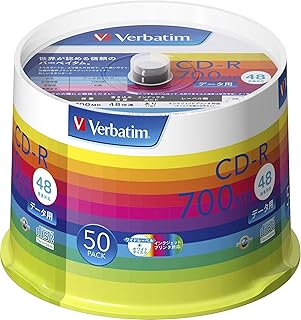
Verbatim Japan SR80SP50V1 CD-R, 700 MB, 50 Sheets, White Printer, 48x Speed
Price: $35.65 — Introducing the Single Recording CD-R with a…
-

Verbatim Japan VBR130YP20V1 Single Recording Blu-ray Disc BD-R, 25 GB, 20 Sheets, White Printerable, Single Side, 1 Layer,…
Price: $28.29 This BD-R Blu-ray disc allows for a single…
-

Victor CD-R AR80FPX10J1 for Music (Color MIX/80min/10 Sheets)
Price: $28.50 Music-focused CD-R; Supports high-speed 48x recording; Provides 80…
Latest Technology
- 2014 Honda Odyssey VTi-L: Style, Practicality, and Performance CombinedWhen it comes to the 2014 Honda Odyssey VTi-L, practicality meets style. The exterior design of the Odyssey sets it apart from traditional people-movers, sporting a sleek profile with rounded features. While opinions on its “sexy” appeal may vary, the Odyssey’s overall aesthetics earn it a place among the top contenders in its class. SINGARO Car Cup Coaster, 4PCS Universal Non-Slip Cup Holders Embedded in Ornaments… Read more: 2014 Honda Odyssey VTi-L: Style, Practicality, and Performance Combined
- Nintendo’s Console Evolution: A Legacy of Innovation and SuccessNintendo, a renowned player in the gaming industry, has a rich history that dates back to the late 1800s when it began as a playing-card company. Fast forward to the early 1980s, Nintendo played a pivotal role in rescuing the video game industry from a financial downturn. Since then, the company has established itself as a prominent console manufacturer, releasing a range of innovative hardware over… Read more: Nintendo’s Console Evolution: A Legacy of Innovation and Success
- Review: Tandberg Data RDX QuikStor – High-Speed Backup ExcellenceThe Tandberg Data RDX QuikStor External is a unique backup system that caters to users who prefer a removable-cartridge setup over standard external USB drives. The system offers high speed and capacity, making it ideal for both on-site and off-site storage needs. While some may find the cartridges to be expensive compared to traditional drives, the ruggedness and flexibility of the Tandberg Data RDX QuikStor make… Read more: Review: Tandberg Data RDX QuikStor – High-Speed Backup Excellence
- US GSA IT Team Saves $1M Annually with Digital StorageThe U.S. General Services Administration IT team recently made headlines by saving $1 million annually through the conversion of 14,000 magnetic tapes to modern digital records. This move sparked curiosity about the technology behind permanent digital storage and prevalent data storage practices in large enterprises and data centers. SanDisk Extreme 1TB Portable NVMe SSD, USB-C, up to 1050MB/s Read and 1000MB/s Write Speed, Water and Dust-Resistant… Read more: US GSA IT Team Saves $1M Annually with Digital Storage
- Imation Launches Defender Collection: Secure Data Storage Solutions RevealedImation Corp. has unveiled a comprehensive range of secure data storage products aimed at safeguarding information on various storage devices from cyber threats. The new Defender Collection line is designed to meet stringent encryption standards and cater to industries where data security is critical, such as government, finance, healthcare, and consumer sectors. CORSAIR Padlock CMFPLA3B-64GB Secure USB 3.0 Flash Drive with Keypad – Secure 256-bit Hardware… Read more: Imation Launches Defender Collection: Secure Data Storage Solutions Revealed
